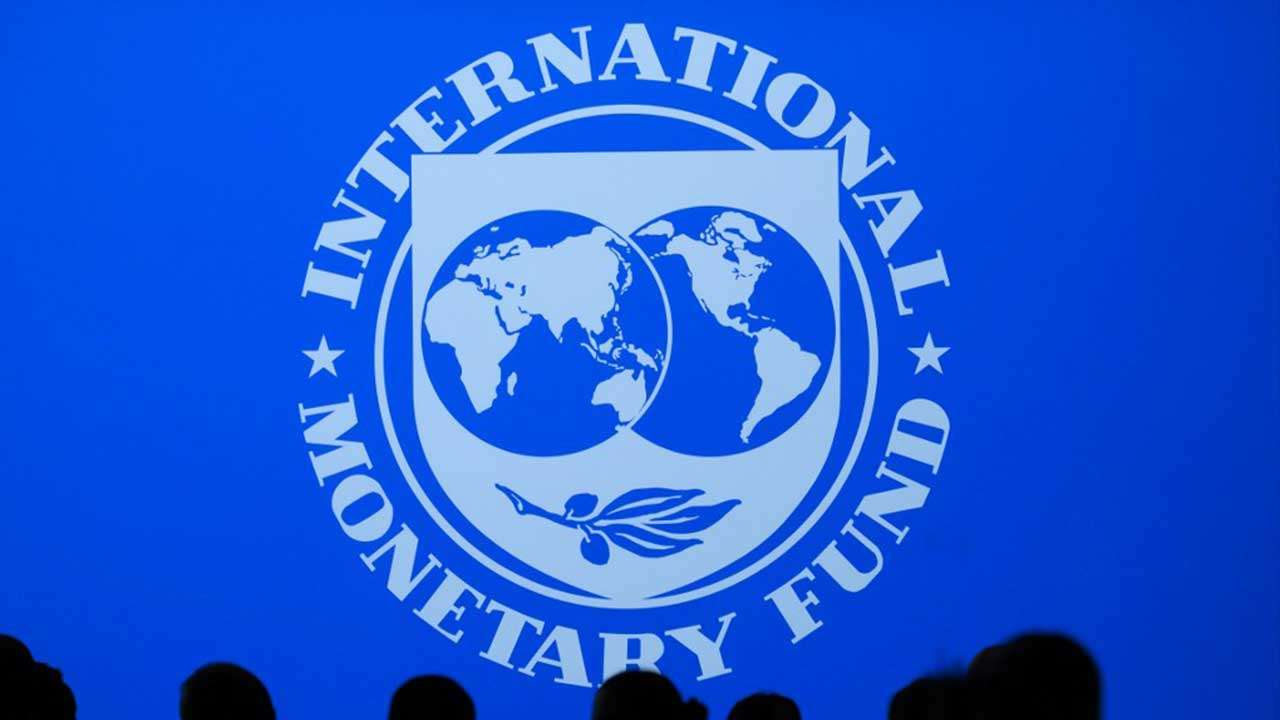As per an assessment by IMF (International monetary fund), the Asia Pacific region will be seeing economic output and growth below the pre-pandemic trend, over a medium term, even as China is bouncing back setting a trend for the rest of the world. The IMF alarmed a significant downward risk and damaged economy, in the latest assessment of the region, as labour participation in the market came down with the most vulnerable probably being the hardest hit.
Asia is slowly charting its way out of the worst-ever recession in the region, as per a Washington based lender. Forecast of its growth rate is predicted to be at -2.2% in 2020 which is 0.6% points lower than the forecast in June. The fall in the growth rate was mostly due to prominent contractions in India, the Philippines, and Malaysia. The IMF has predicted that China would grow by 1.9% this year. In the Regional Economic Outlook report, it has stated that it will take a long period for Asia to bounce back in full capacity. The IMF has also written in its Local Economic Outlook report, mentioning that the ongoing fears of infection, social distancing measures, and border closures will definitely hammer and corner the countries that depend heavily on tourism.
The reports by the IMF state that the Asia-Pacific region will experience a very slow growth rate in spite of having countries like China, who will be key drivers and contributors towards the global growth rate. Also hindering the economic recovery in the region is the domain of employment that has taken a much larger hit during the pandemic of 2020 than during the global financial crisis of 2008, with women and younger working population being affected to the largest extent. The current crisis has induced some central banks in Asia like ‘Bank Indonesia’ to buy sovereign debt directly, and other banks have told that it is just an option that can be used if essential.
The IMF in a hint of warning have stated that the Geopolitical tension between the U.S. and China can also put a break on the revival story given Asia’s central role in global value chain. Although the ‘bounce back’ by China can boost local trade, other factors like weak global growth, closed borders, technology, and security issues, like that with India in the Galwan conflict have worsened the prospect for a trade led revival in the AP region.
The author is a student member of Amity Centre of Happiness.





